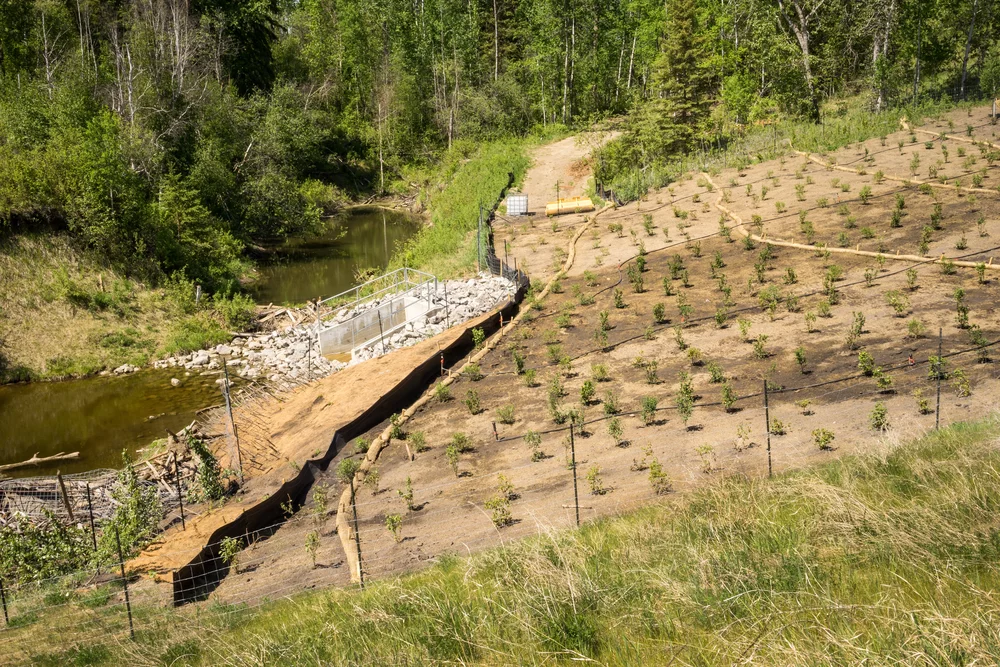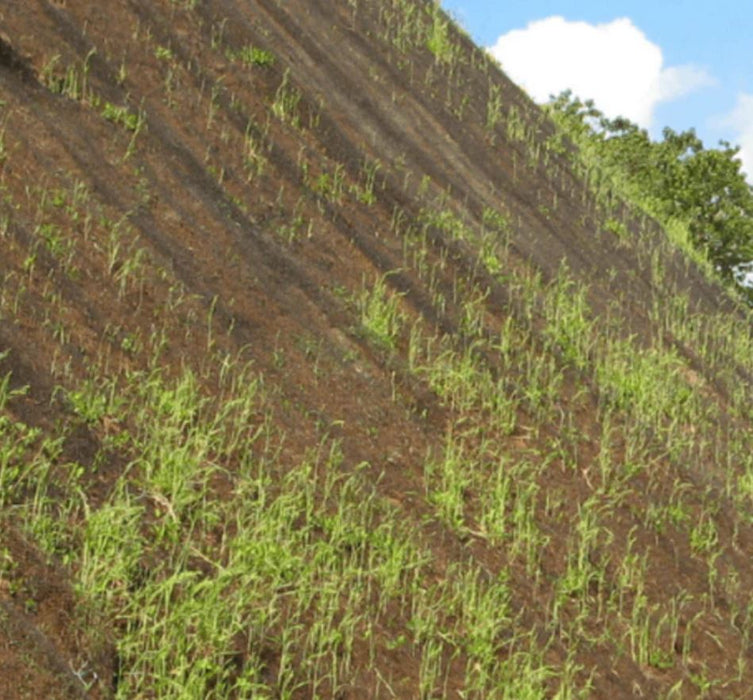Silt Fences: Your First Line of Protection Against Erosion
Finest Practices for Disintegration Control in Building And Construction Projects
Are you servicing a building and construction task and concerned regarding erosion control? Look no more! In this post, we will guide you through the most effective methods for avoiding disintegration on your site. You'll find 5 important techniques, effective debris and runoff management techniques, crucial factors to consider for slope stablizing, and tips for protecting plants and soil. We'll additionally look into the significance of executing correct water drainage systems. Prepare yourself to deal with disintegration head-on and ensure the success of your construction project.
5 Essential Disintegration Control Strategies

To efficiently control disintegration on your building website, you'll require to carry out crucial techniques such as incline stablizing and debris control procedures. Incline stablizing is vital in protecting against dirt disintegration on high slopes. Another effective strategy is the usage of disintegration control blankets or mats, which are positioned on the incline and assistance keep soil fragments while permitting plants to grow.
Effective Debris and Overflow Administration

You can efficiently manage debris and overflow in your construction task by carrying out proper disintegration control procedures. Another vital method is the application of disintegration control blankets or floor coverings. By executing these disintegration control procedures, you can efficiently take care of debris and drainage in your construction job, lessening the effect on the setting and abiding with regulative requirements.
Trick Factors To Consider for Incline Stabilization
You require to meticulously examine the incline's qualities, such as its structure, angle, and drainage patterns. Look for indications of disintegration, such as exposed roots, cracks, or down soil.
Another choice is to grow vegetation on the slope, as the roots can aid secure the dirt and control erosion. Additionally, mounting disintegration control coverings or floor coverings can supply instant defense while plants becomes recognized.
It's essential to consistently check the stabilized slopes to ensure their efficiency. Watch out for any type of indicators of movement or erosion, and take immediate activity if necessary. Routine maintenance, such as checking and fixing any broken measures, is also necessary to guarantee lasting stability.
Ideal Practices for Greenery and Soil Protection
One reliable means to protect vegetation and dirt on slopes is by frequently examining for signs of erosion and taking immediate activity if necessary. By being watchful and aggressive, you can stop further damages and make sure the security of the slope. Start by examining the slope for any kind of signs of disintegration, such as subjected origins, bare soil patches, or debris build-up near the bottom. If you notice any of these indicators, it is essential to deal with the problem immediately. Implement disintegration control steps such as setting up erosion control coverings, mulching, and even creating keeping walls if required. Additionally, growing plants can significantly assist in stabilizing the soil. Choose indigenous plants that have deep root systems, as they are much more effective in protecting against erosion. Make certain to on a regular basis evaluate the health and wellness of the greenery and offer necessary upkeep, like watering and fertilizing. Keep in mind, disintegration can quickly worsen and cause serious damages, so it's necessary to resolve it as soon as feasible. By taking proactive procedures and on a regular basis monitoring the incline, you can shield the vegetation and soil, making sure the long-term softscape mulch stability of the area.
Implementing Proper Drain Equipments
To effectively apply correct drainage systems, it's critical to think about the incline gradient and soil type. When it involves handling water circulation and stopping disintegration, understanding these factors is important. The incline gradient plays a considerable role in determining just how water moves next across the land. Steeper slopes can lead to much faster water circulation, boosting the threat of disintegration and flooding. On the various other hand, gentler inclines enable water to flow extra gradually, lowering disintegration capacity. By analyzing the incline gradient, you can make an effective drainage system that fits the all-natural water motion.
Dirt kind also influences drainage system design. Various dirt kinds have differing levels of leaks in the structure, impacting how water is taken in and drained pipes. Sandy soils often tend to drain faster due to their coarse texture, while clay dirts have a slower drain price due to their portable nature. Understanding the dirt kind aids in picking appropriate drainage strategies, such as making use of absorptive materials or setting up French drains. In addition, thinking about the soil qualities assists protect against waterlogging, which can cause bad plant growth and damages to frameworks.
Final Thought
To conclude, when it involves disintegration control in building jobs, you should follow these ideal methods. Execute reliable sediment and overflow administration methods to avoid contamination. Think about slope stablizing methods to ensure the stability of the website. Protect greenery and dirt by utilizing ideal measures. Establish correct water drainage systems to take care of water circulation (Memphis Erosion Control Solutions erosion control). By complying with these crucial practices, you can successfully manage erosion and ensure the success of your building and construction task.
To properly regulate erosion on your building website, you'll require to execute crucial strategies such as incline stabilization and debris control steps. Slope stablizing is straight from the source critical in avoiding soil erosion on high inclines. Another reliable strategy is the usage of disintegration control blankets or mats, which are positioned on the slope and help preserve dirt fragments while permitting plants to grow. One more choice is to grow vegetation on the slope, as the origins can help anchor the dirt and control disintegration. Implement disintegration control steps such as setting up disintegration control coverings, mulching, or also creating maintaining wall surfaces if needed.